Why Building, Showing And Racing RC Cars Is More Than Just A Hobby
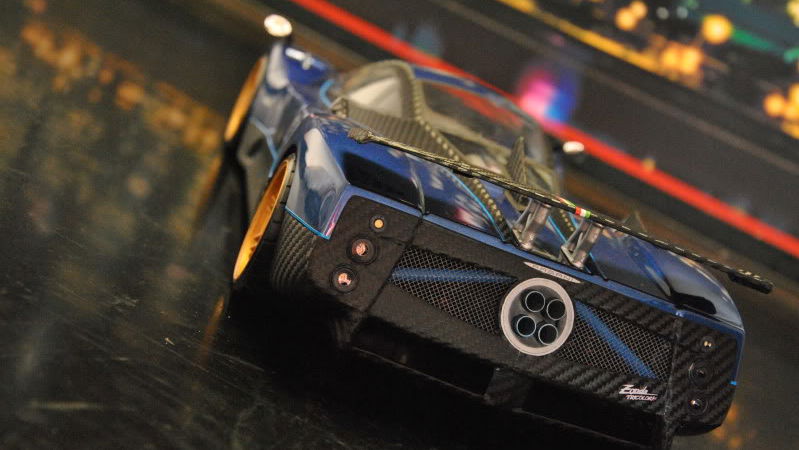
Combining the pastimes of model cars and racing, the RC motorsports industry has boomed in popularity in recent years. Here’s what makes building, showing and racing these cars more than just a hobby.
A brief history of RC cars
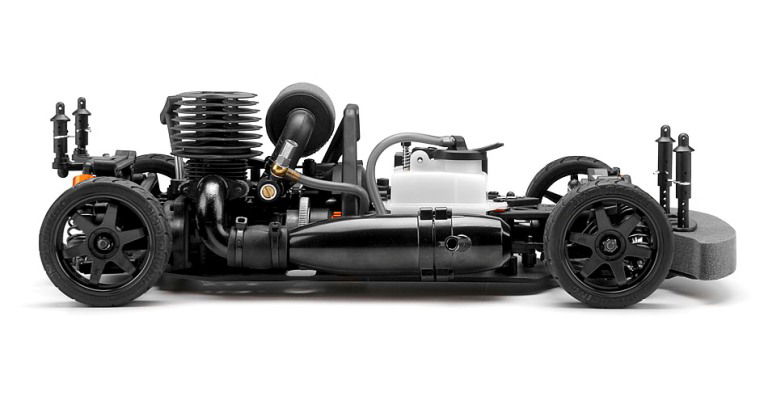
Small motors for model cars have been used since the early 1900s, but radio control was only available to the general public for the first time in the 1960s. British and Italian manufacturers were selling their radio cars equipped with two-stroke model aeroplane engines to a select market in the UK.
Within a few years companies from all over the globe were in the race to develop and distribute higher quality RC cars than their competitors. In 1971 the BRCA, British Radio Car Association, was founded to encourage RC racing and establish rules for fair competition. Similar organisations were created worldwide and later that decade the first world championship was held.
Competition is good for business
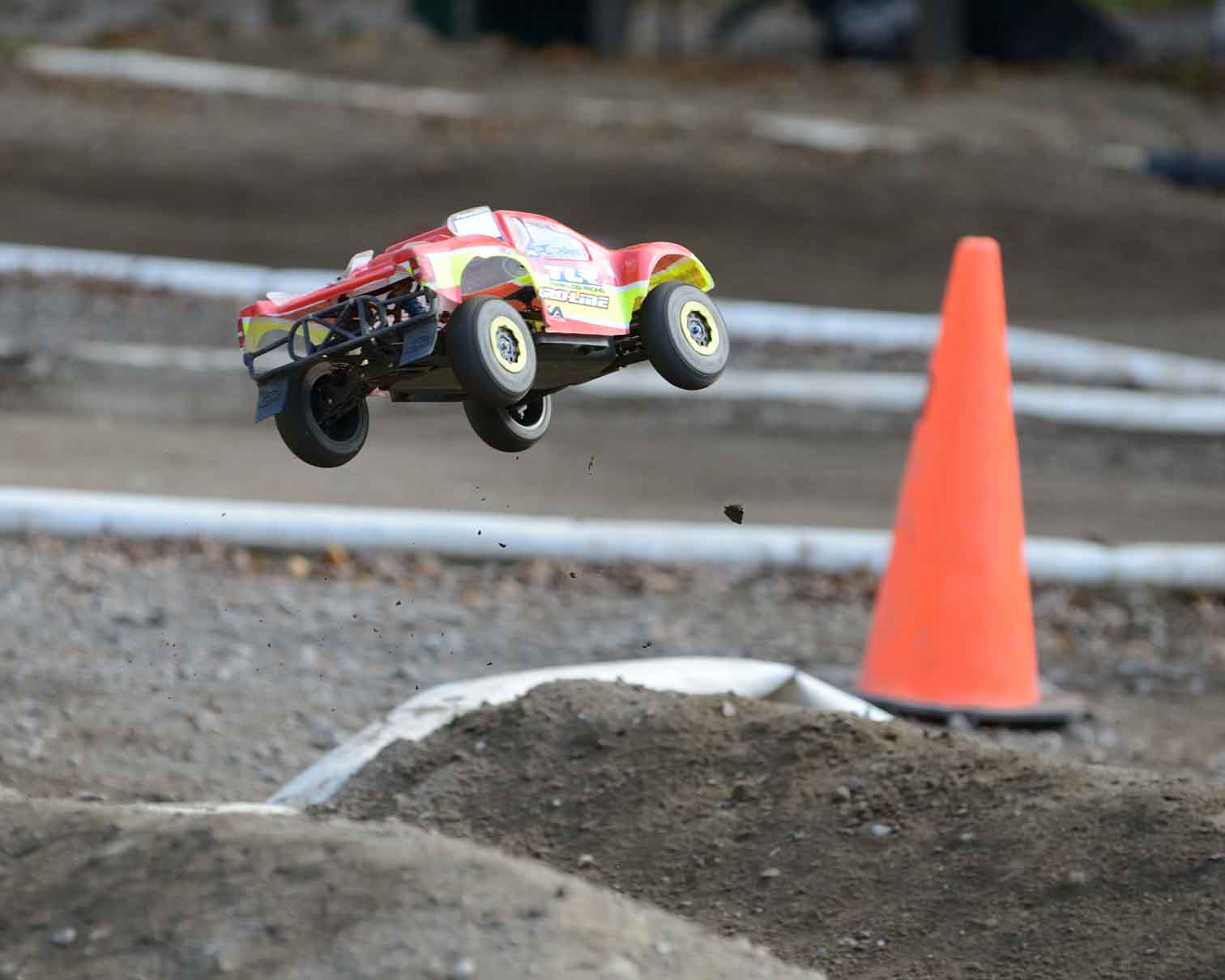
So if RC cars have been around for over 50 years, why are they just now gaining all this attention? The answer is pretty simple: money. Manufacturers saw the potential long ago to make a fortune off a simple hobby. They knew that if they enticed buyers with better parts, a bigger selection of modifications, new race tracks and monetary prizes, they could turn the simple hobbyist into a professional competitor.
Parts and upgrades
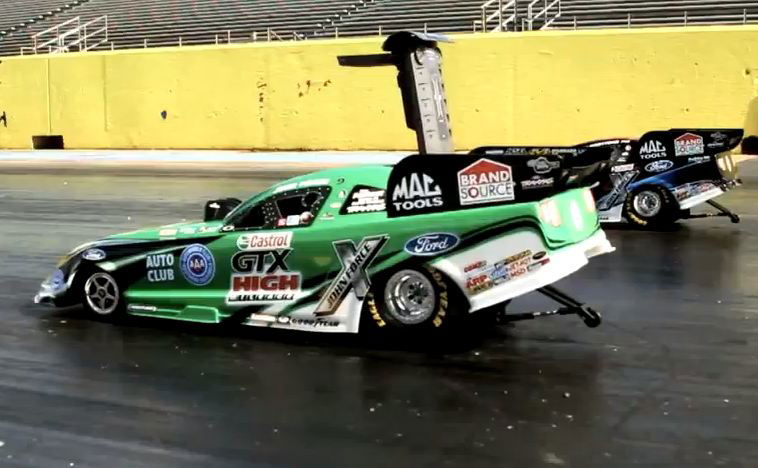
The modern RC racer can build their car from electric, petrol or nitro powered engines, and nearly every feature of the car is upgradable. Tyres, suspension, steering, transmission, engine size and vehicle weight are the most commonly modified features. Just like in full-sized racing, every little detail matters. Depending on the type of RC racer (drag, oval, drift, off-road) the builder may want to focus more on certain areas of the car.
Some of the most well known and trusted manufacturers like Traxxas, Losi, Kyosho, HPI Racing, Tamiya and Associated Electronics offer everything a builder needs to get their car running from parts, tools and manuals to complete kits. Tamiya and others host online communities to further interact with RC enthusiasts, making for a great place to get advice while preparing for a build and before hitting the track. Contests and monthly build showcases are also promoted through these communities to further the competition amongst the fans.
Getting on track
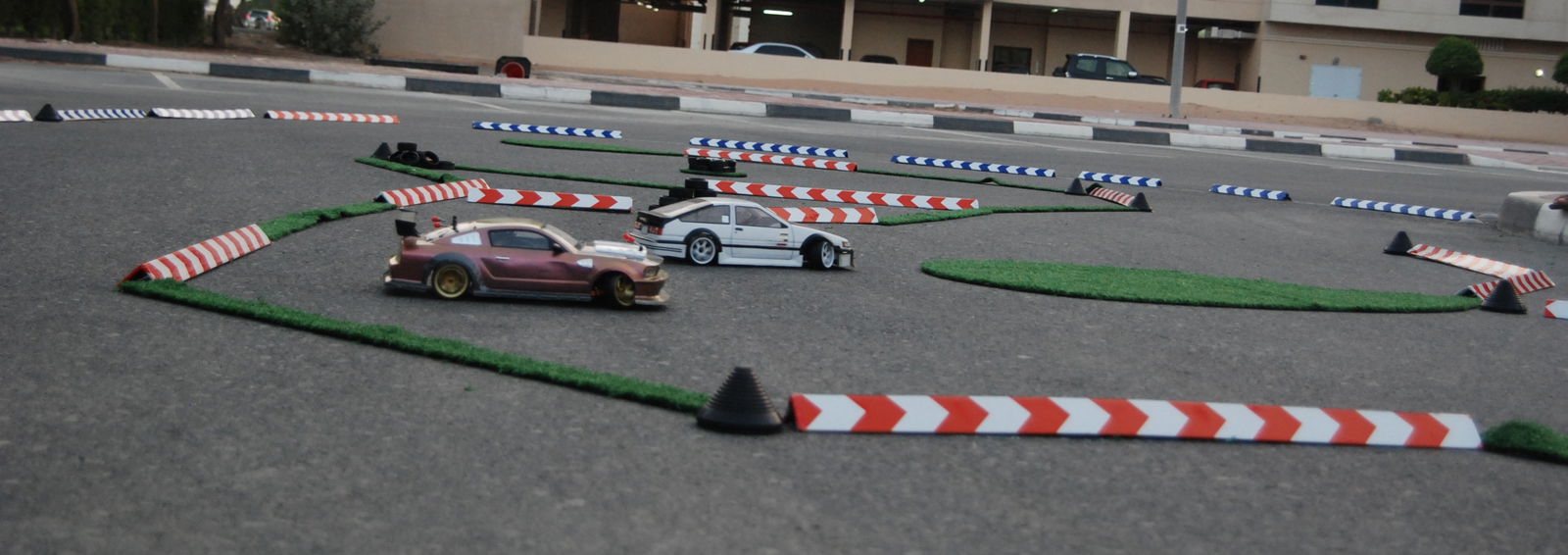
When it’s time for the pilot to take their vehicle to the track, there is certainly no shortage of places to test and race. Many RC and hobby shops have their own tracks for customers to try out their new ride. Small clubs and regional tracks make for a great place to compete with other pilots.
Tens of thousands of RC tracks exist worldwide, whether intended for leisurely driving or high-speed racing, and contests are held throughout the year at local and regional levels with cash prizes for the top performers. International races give even bigger prizes to the winners all thanks to the manufacturers and others who sponsor such events. The RC pilot who consistently performs well may even walk away with sponsorship or have an invitation to join a team.
RC car shows
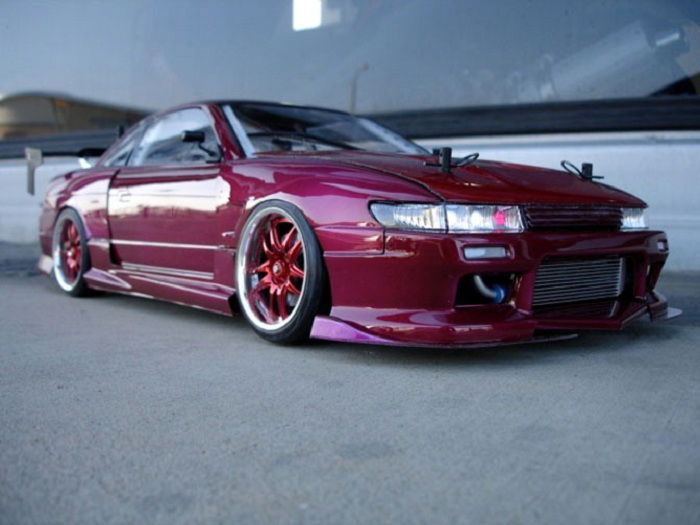
Racing is not for everyone, but there are places for enthusiasts to just enjoy their builds. RC car shows offer a great way to showcase a hot ride and brag about all the money put into building it, or mingle with other builders to compare notes. It’s no surprise that celebrities have picked up the RC addiction. After all, with all the parts and upgrades it can take a lot of money to build up a fancy ride.
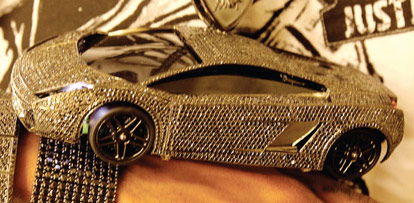
Whether it’s an addiction to racing, a model car hobby or just another way to show off, we want to know how you got hooked on RC cars. Cool pictures are always appreciated!
Comments